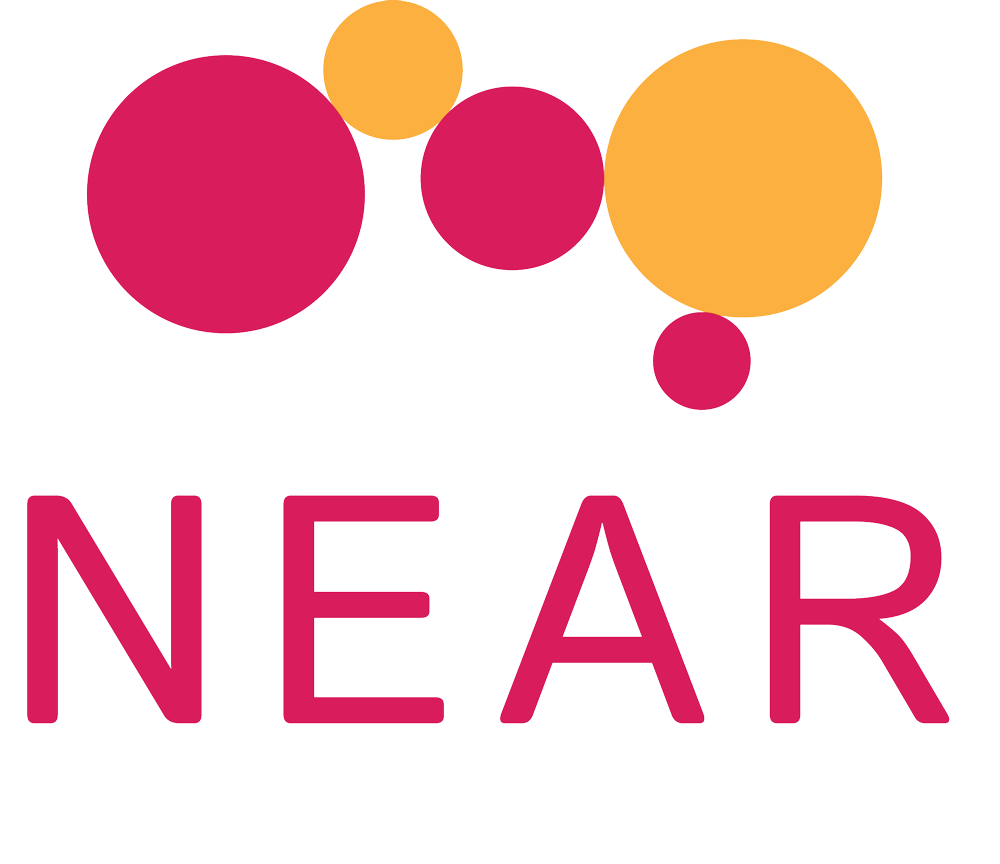A shake-table demonstration for Earthquake Safety Day. Image: NSET
By Nisha Shrestha Director, Strategic Planning National Society for Earthquake Technology - Nepal (NSET)
Each year, Nepal observes National Earthquake Safety Day on January 15th or 16th (Magh 2 in the Nepali calendar) in commemoration of the devastating earthquake of 1934, one of the most devastating earthquakes in living memory, where more than 8000 people lost their lives.
This year is the 25th National Earthquake Safety Day, observed throughout the country to make the general public aware about the earthquake risk and the available risk reduction measures and preparedness programs.
Earthquakes are an unavoidable part of Nepal’s future, just as they have been a part of its past, as Nepal lies in a very active seismic zone. Nepal is ranked at 11th position in terms of global risk for earthquake. The recent magnitude 7.8 earthquake of April 25, 2015 was another big one which claimed the lives of about 9,000 people and destroyed hundreds of thousands of private homes.
“The 2015 Gorkha earthquake was a warning for us: a mega-quake is still due in Nepal, and we need to better start preparing for it. Given how disaster-prone we know Nepal is, we must seriously put our efforts and money into reducing the risks,” says NSET’s Executive Director Surya Narayan Shrestha.
Given how disaster-prone we know Nepal is, we must seriously put
our efforts and money into reducing the risks
It is essential to create awareness among the people as well as the policy makers so that steps can be taken to mitigate or reduce the impact of such disasters. The day also allows for sharing experiences and exchanging good practices to create a common platform for stakeholders to join hands together to improve seismic safety in Nepal.
Earthquake Safety Day is the culmination of earthquake risk management work implemented in the country in the preceding 12 months and allows taking stock of the achievements and shortcomings. Many public events such as national meetings, symposia, National Meeting, earthquake safety rallies, exhibition, demonstrations, and learning & sharing programs are organised.
The main slogan this year is "Earthquake Resilient Infrastructure for Safer Lives”.

